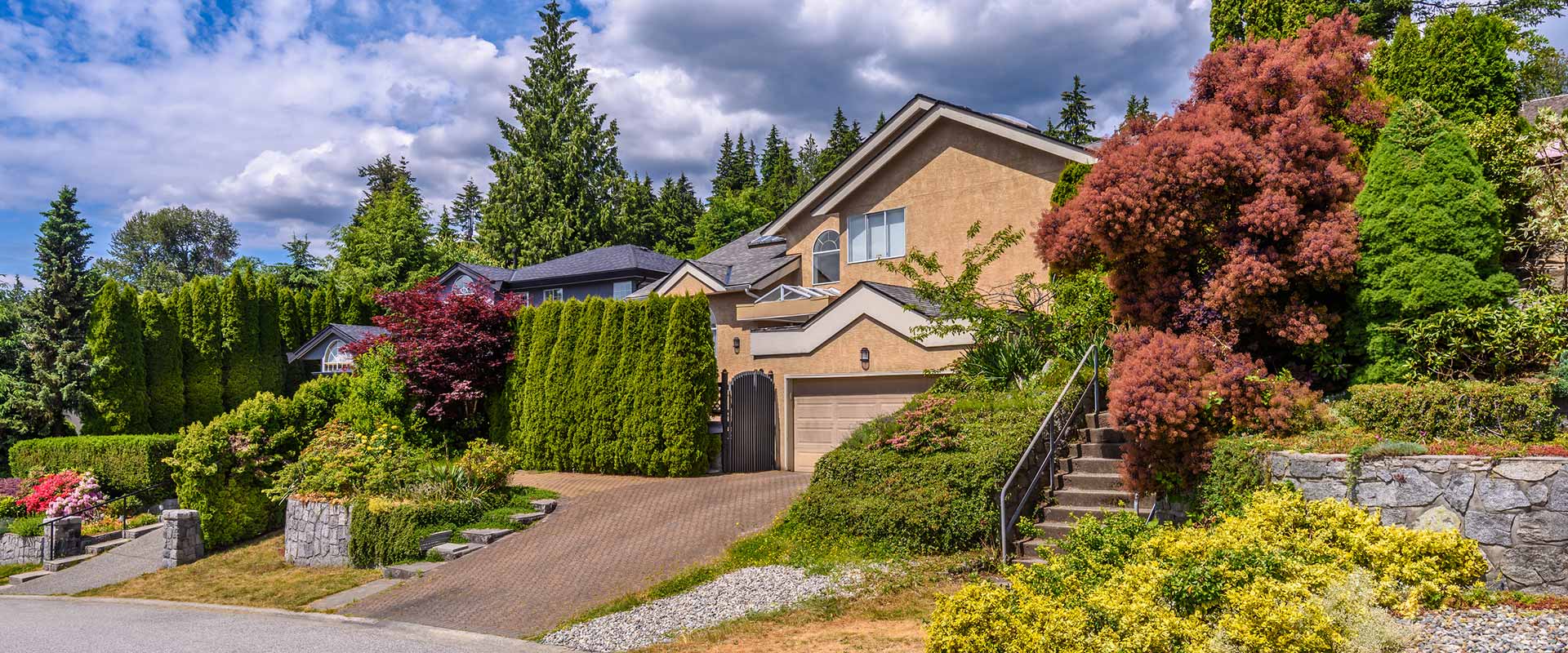Identifying tree insects and disease problems on your Seattle or North Bend property can be tricky. This post explains several types of insects and disease as well as tips for examining your trees.
Document tree & plant changes
When you start to see a change in your tree’s appearance, note the specific symptoms and if or how they change over time. Treatment is only effective when you’re treating for the right thing therefore, it’s crucial the diagnosis be accurate.
That’s why we recommend having an ISA Certified Arborist do an exam and it’s helpful if you can fill them in on changes you’ve seen. Don’t wait too long as the earlier you catch the problem, the higher the chance that treatment will be successful.
How stress affects tree’s growth
Trees require just the right amount of light and nutrients. When they don’t get it, they get stressed. Nature equips them to deal with such stresses by changing their growing and development patterns.
Sometimes the stress is too much or goes on for too long and the compensations they made aren’t enough. If they can’t handle the stress, they are more likely to fall prey to certain insect and diseases.
Diagnosing your insect or disease problem
Correctly identifying the plant or tree is critical as many insects and diseases are plant specific. Next, look for patterns of abnormalities by comparing the affected tree or plant with others nearby. Pay particularly close attention to those of the same species.
If surrounding plants aren’t affected, it’s likely an insect or disease. If a large area has the same damage patterns, it may indicate disorders caused by physical injury, poor drainage, chemical damage, or weather.
Examine nearby properties to see if any trees or plants have the same problem. Living pathogens take a long time to spread so if a sizable percentage are affected quickly, then it’s likely not a pathogen or insect.
Careful exam leads to clues
Check the roots first. Brown roots can signify dry soil or that you have toxic chemicals in your soil. Black roots can mean your soil is too wet or that you have root-rotting organisms.
Next, look for wounds on the trunk and branches. Caused by many things (weather, damage by yard equipment, animals, etc.), wounds of any size create openings for pathogens and wood-rotting organisms.
Finding large defects may signal you have a hazardous tree. In that case, it would be prudent to have a certified arborist check it out. Lastly, don’t forget the leaves. While leaf damage by itself is usually not enough for a diagnosis, it provides more clues to help pinpoint the problem.
Role of insects
It’s never a good idea to just kill all insects as doing so can harm a tree. Why? Most insects are helpful as they aid in pollination or function as predators against more harmful species.
Some insects do cause damage though it’s often a secondary problem that develops after stress or a pathogen has caused a much bigger one. Trees and plants are not unlike humans in that the original affliction may cause further complications.
3 categories of insects
Insects are divided into groups by their method of feeding. Each of which has distinct patterns associated with it.
- Chewing insects (beetles, caterpillars) eat plant tissue so look for uneven notches on leaves, skeletonizing, or holes in leaves.
- Sucking insects (aphids, mealy bugs, leafhoppers) insert their beak into leaves, twigs, flowers, or fruit to feed on juices resulting in discoloration, wilting, leaf spots and general lack of vitality.
- Boring insects (bark beetles) feed beneath the bark, lay eggs in tunnels under the bark or may kill twigs or leaves when larvae bore into stems after hatching or as adults feeding.
Disease development needs 3 things
- Pathogen needs to be present.
- Plant needs to be susceptible to the specific pathogen.
- Environment needs to be just right for disease to thrive.
Please note that some trees and plants are more vulnerable to certain pathogens. It’s why pathogen-resistant varieties have been developed over the years.
Two classes of disease
- Infectious are transmittable diseases caused by microscopic living agents and include fungo, viruses and bacteria.
- Non-infectious are non-transmittable diseases that are inherited or the result of non-living agents like nutrient deficiencies, compacted soil, or pollutants.
Most problems in urban areas are caused by non-infectious diseases, which is good in that you may have control over the cause.
The tricky thing is that they often have the same symptoms as issues caused by infectious diseases. This is why a professional is usually needed to distinguish between the two for proper treatment.
Insect and disease treatments
As you probably guessed, treatment varies depending on the species, the extent of the damage and many other factors. Generally, the longer you wait to address a problem, the worse it gets. Plus, there’s a smaller chance treatment will be successful.
Contact Eastside Tree Works to schedule an ISA Certified Arborist for identifying tree insects and disease problems.

